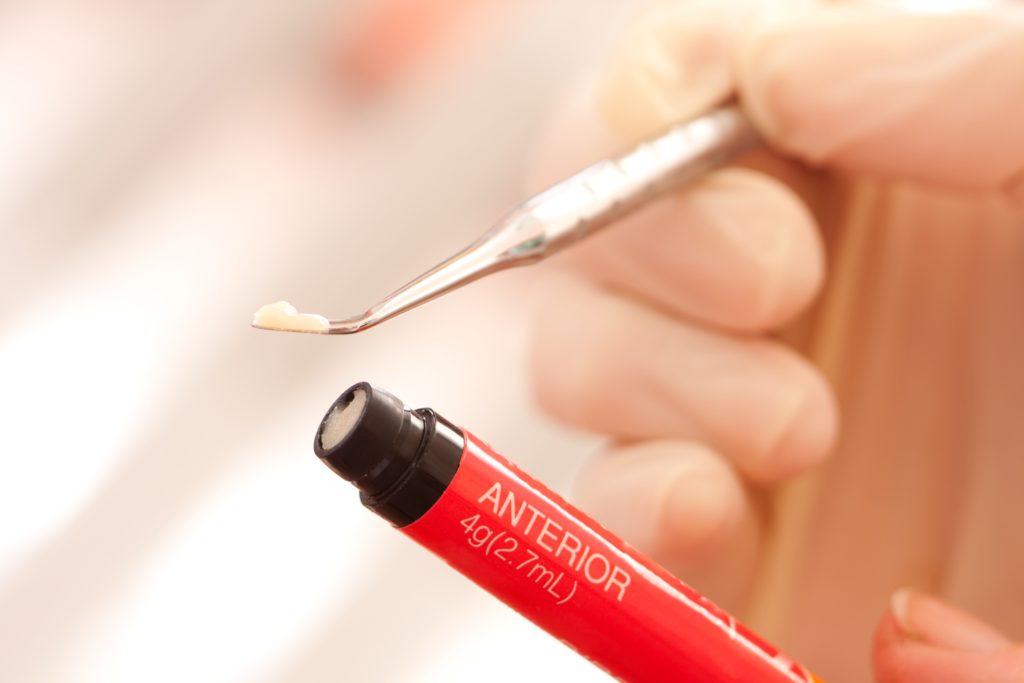
While modern life does have its share of ups and downs, it does have its own silver linings. One major perk is that you don’t have to go through all the torture-like medical procedures of old. Aside from making use of some questionable substances and methods, these ancient practices also revolved around an equally dubious understanding of the human body. And nothing encapsulates this more than the history of dental fillings. (This was before anagram fillings and gold fillings, by the way!)
Like most things, how dental fillings came to be started with a folk superstition of where tooth decay originated. The oldest existing reason for tooth decay is mostly attributed to the “tooth worm,” which supposedly behaved the same way as your typical maggot. (The image itself is spine-tingling to think about. Imagine an eel-like worm boring through your teeth!)
And this belief held on for quite a while until it was disproved during the Enlightenment. What we now know as the dental pulp—the vast network of blood vessels and nerves that help the teeth feel sensations and develop—was thought to be the cause of dental problems in the first place.
So, yes, we’ve come a long way since mistaking our dental pulp as the cause of all tooth maladies. But the road to understanding what causes cavities (and the subsequent history surrounding dental fillings) is far from being squeaky clean. Here are some of the misfires and triumphs in the development and history of dental fillings.
Prehistoric Humans, Stone Tools, and Beeswax
For a good chunk of the population, there’s still a genuine fear of going to the dentist. Or, at least, undergoing a dental procedure. The idea of sitting down while a strange instrument drills away at your teeth is sure to make some people queasy.
But while we have the tools to keep the procedures painless and sterile, it wasn’t always the case. In the prehistoric ages, our ancestors had to make do with whatever primitive tools they had at their disposal. When a cavity came up, they’d scrape away at it with a stone tool and fill any cracks or holes with beeswax. And because anesthesia wasn’t invented yet, you could imagine the pain they went through during the procedure. Yikes!
An Abundance of Metal Fillings
From there, civilizations began experimenting with other types of fillings, ranging from gold to experimental amalgam. For a while, the use of gold in dental fillings was a more widespread practice. Due to their cost and difficulty, dentists in the 1800s gravitated towards the use of amalgam. Because of the lack of technology during the time, these amalgam fillings led to a mercury poisoning scare. Fortunately, dentists eventually were able to perfect the formulation, leading to a less toxic, more affordable amalgam fillings.
Gold never really went out of fashion, however. Today, most dental practitioners still make use of it in their practice. Thanks to Robert Arthur, gold fillings are much easier to use due to the gold foil method. Eventually, other filling materials began to crop up, including resin, porcelain, and different types of metal. (And, fortunately, nothing that could poison you in the long term.)
